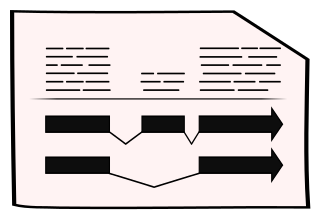Nippostrongylus brasiliensis
BioProject PRJNA994163 | Data Source Cornell University | Taxonomy ID 27835
About Nippostrongylus brasiliensis
Strongylid nematode parasites infect the gastrointestinal tracts of both humans and other mammals, causing permanent growth deficits (e.g., for hookworm infections of humans) or outright death (e.g., for Haemonchus contortus infections of sheep). Hookworms infect 170-440 million humans and other strongylids infect farm animals worldwide, making these among the most important parasites. The stronglyid parasite Nippostrongylus brasiliensis naturally infects rats and easily infects laboratory mice, and has an infectious life cycle similar to that of human hookworms, making it an important laboratory model for hookworm disease; accordingly, N. brasiliensis is often called "rat hookworm" or "rodent hookworm".
There is 1 alternative genome project for Nippostrongylus brasiliensis available in WormBase ParaSite: PRJEB511
Genome Assembly & Annotation
Assembly
Oxford Nanopore Technologies (ONT) reads, short Illumina reads, and Dovetail/Cantata Omni-C reads (Illumina for Hi-C chromosomal scaffolding) for the wild-type reference strain MIMR of the hookworm-like rodent parasite Nippostrongylus brasiliensis have been assembled into a chromosomally scaffolded genome (using raven v. 1.7.0, sourmash v. MAR-2022, racon v. 1.4.20, POLCA (in MaSuRCA) v. 4.0.8 and 3d-dna v. 180419) by Erich Schwarz and collaborators at the Cornell University.
Annotation
An in-house BRAKER2/TSEBRA pipeline guided by ~100 different RNA-Seq biological replicates was used to annotate the genome by Erich Schwarz and collaborators at the Cornell University
Downloads
Navigation
Assembly Statistics
| Assembly | ASM3055315v1, GCA_030553155.1 |
| Strain | MIMR |
| Database Version | WBPS19 |
| Genome Size | 257,391,350 |
| Data Source | Cornell University |
| Annotation Version | 2023-09-WormBase |
Gene counts
| Coding genes | 16,461 |
| Gene transcripts | 29,473 |
Learn more about this widget in our help section
This widget has been derived from the assembly-stats code developed by the Lepbase project at the University of Edinburgh












